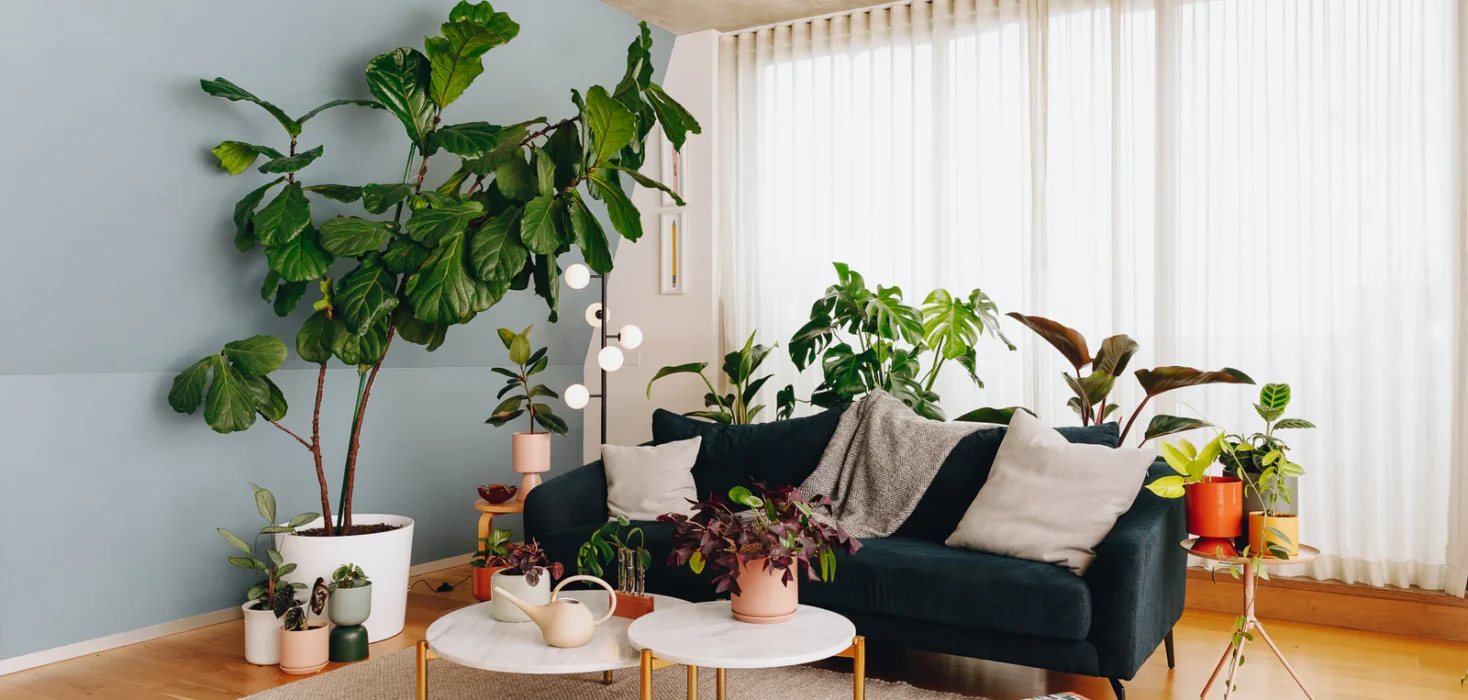
In addition to creating a natural feel in your home, having indoor plants can also help improve your home’s environment and clean your home’s air. However, since the UAE has very peculiar weather conditions, choosing the right indoor plants may not be so easy. The climate of the UAE is hot and dry and the indoor environment is air-conditioned so the choice of plants is very limited. Here are theTop 5 Indoor Plants Perfect for UAE Homes:
1. Snake Plant (Sansevieria trifasciata)
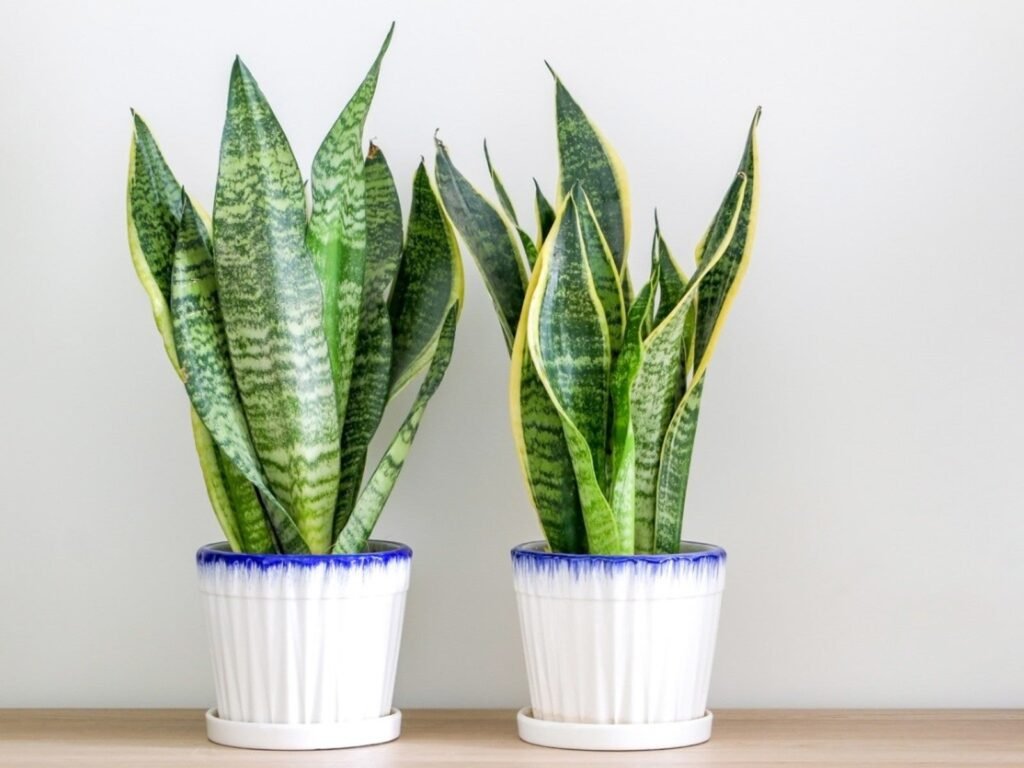
Key Features:
- Hardiness: Very hardy and do not require much attention.
- Light: Tolerates low light levels of environment but it grows best in under filtered water or slightly murky conditions.
- Watering: Does not need frequent irrigating, it is best that the soil is allowed to dry before watering again.
- Air Purifying: These include formaldehyde and benzene among other toxins that are characteristic of polluted air, and this plant is known to purify air.
Benefits:
- Also preferred by beginners as it requires very little attention to be paid to it.
- Has a sleek appearance thus is a stylish addition to any room.
- It can grow under any lighting conditions making it suitable for the different rooms in a house.
2. Spider Plant (Chlorophytum comosum)
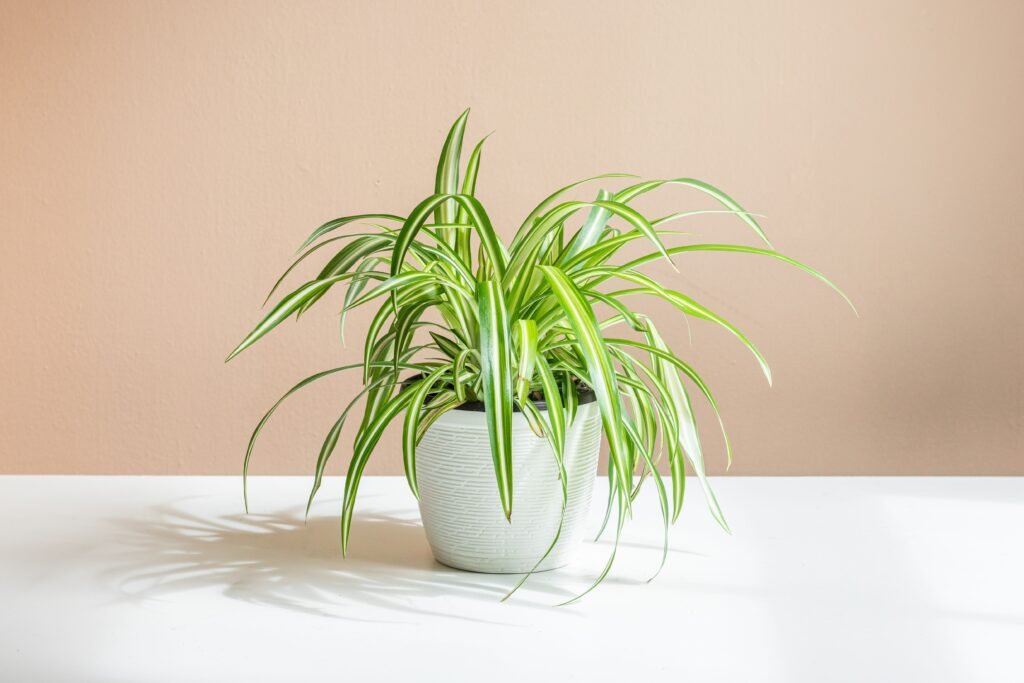
Key Features:
- Hardiness: Healing and considerately robustaneous, which makes the plant very adaptable and easy to care for.
- Light: Recommended to grown in brightly lit area, but no direct sunlight.
- Watering: Requires moderate watering, the soil should be moisture retain but not waterlogged.
- Air Purifying: Proper for eradicating pollutants such as carbon monoxide and xylene within the indoors environment of a structure.
Benefits:
- Reproduces well through spiderettes which depict the capability of being transplanted.
- Significantly improves the quality of indoor air.
- Due to its fern-like attractive arrangement of long and curved leaves it grows well in hanging baskets or shelves.
3. Peace Lily (Spathiphyllum)
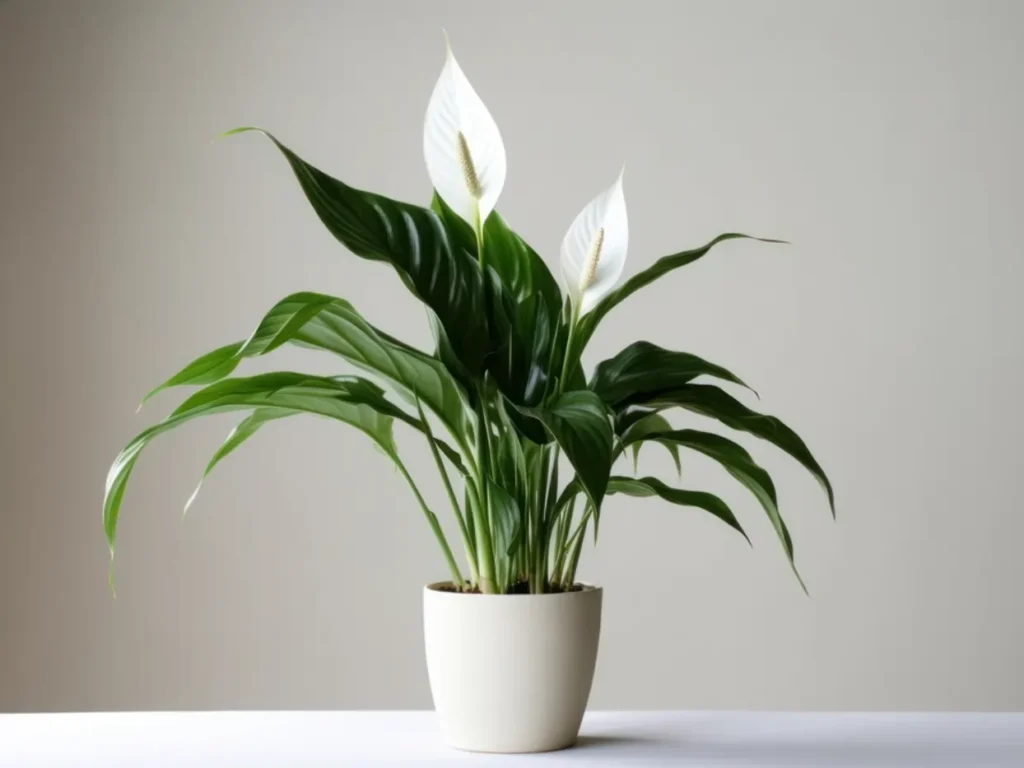
Key Features:
- Hardiness: Needs to be attended to regularly but is not really difficult to care for.
- Light: It prefers low to medium light requirement for it to grow and to produce the intended flowers.
- Watering: Crop requires frequent irrigation; the soil should not be allowed to become too dry, but at the same time, water logging should be avoided.
- Air Purifying: Very good at removing the toxic chemicals like ammonia and formaldehyde.
Benefits:
- Snowy flowers give a pleasant and rather luxurious look to the room.
- Ideal for moistening the atmosphere in buildings with intense @”dry” climate.
- It has the function of purging the air thus making it healthy to be included in your home.
4. ZZ Plant (Zamioculcas zamiifolia)
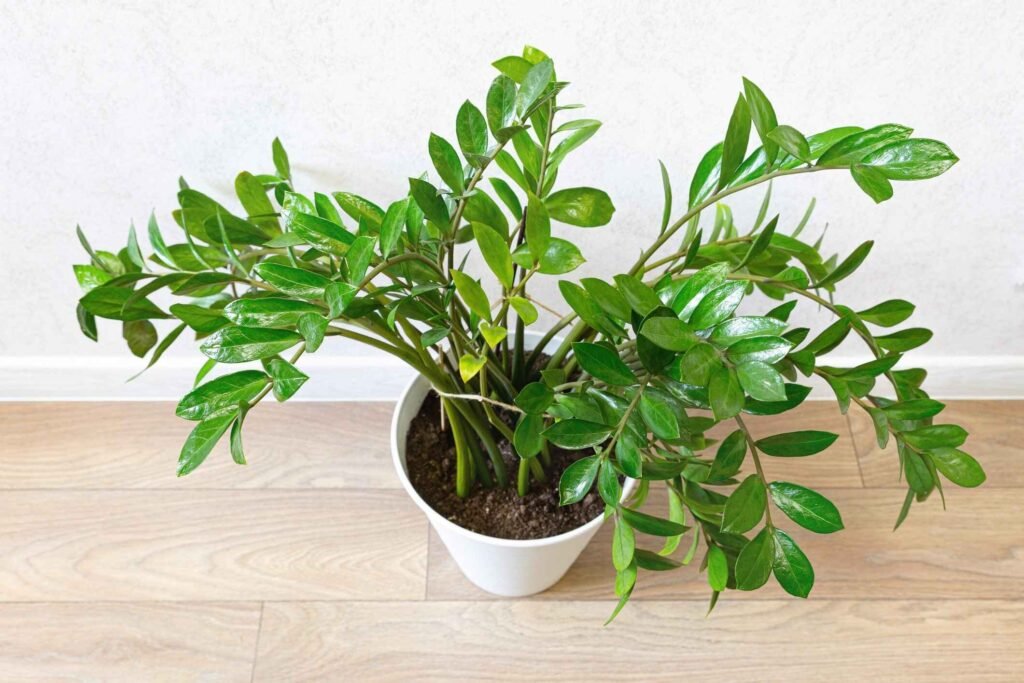
Key Features:
- Hardiness: Indi- very forgiving of over or under watering and low light conditions.
- Light: Endangered but can tolerate a low light environment but preferably bright, indirect sunlight.
- Watering: Needs to be watered less often; do not water log the plant, let the soil dry before watering again.
- Air Purifying: Famous for filter out some volatile organic compounds including xylene, toluene, and benzene from the air.
Benefits:
- An aesthetically pleasing option and the freshly-shiny look of the leaves gives the interior a more contemporary feel.
- Especially for offices and homes where the plants’ care could be irregular due to the tight schedules of those around it.
- High degree of resistance to pests and diseases; plants are long lived and the fibers accordingly.
5. Aloe Vera (Aloe barbadensis miller)
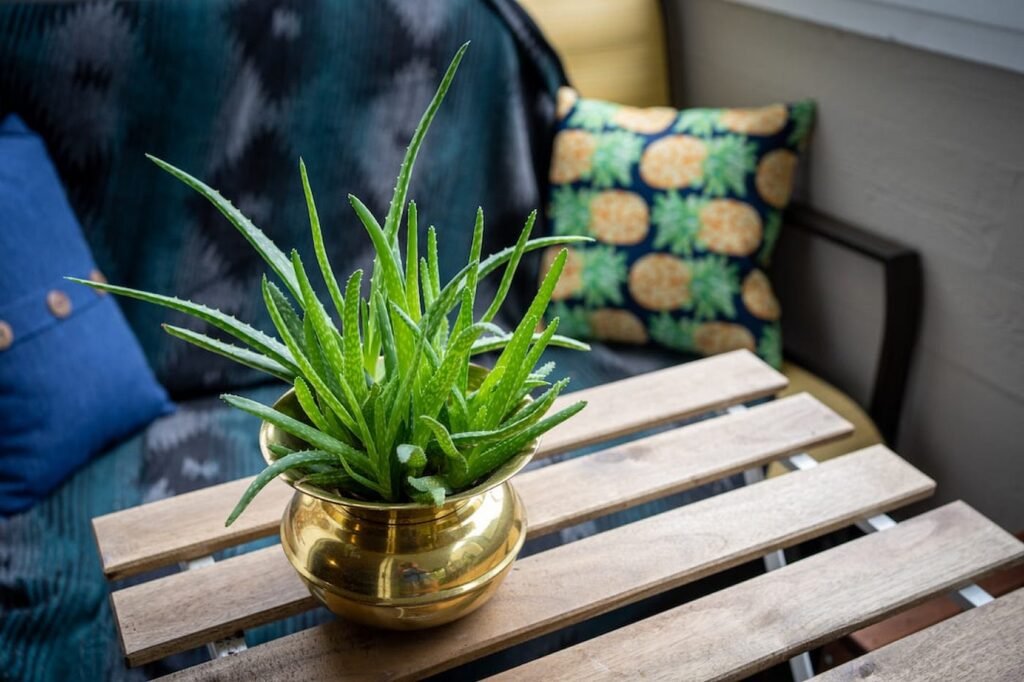
Key Features:
- Hardiness: Very low maintenance and drought-tolerant.
- Light: Prefers bright, indirect sunlight.
- Watering: Needs minimal watering; allow soil to dry out completely between waterings.
- Medicinal Uses: Known for its soothing gel, which can be used to treat burns and skin irritations.
Benefits:
- Dual-purpose as both a decorative and medicinal plant.
- Helps improve air quality by removing toxins.
- Its sculptural form adds visual interest to any room.
Tips for Caring for Indoor Plants in the UAE
- Light: Ensure your plants receive the right amount of light. While some plants thrive in low light, others need bright, indirect sunlight.
- Watering: Avoid overwatering, which is a common mistake. Check soil moisture before watering and ensure proper drainage.
- Humidity: Indoor plants often benefit from higher humidity levels. Consider using a humidifier or misting the plants regularly, especially in air-conditioned environments.
- Temperature: Keep plants away from direct exposure to air conditioning vents to prevent cold drafts that could harm them.
- Soil: Use well-draining soil to prevent root rot, and consider adding perlite or sand to improve drainage.
